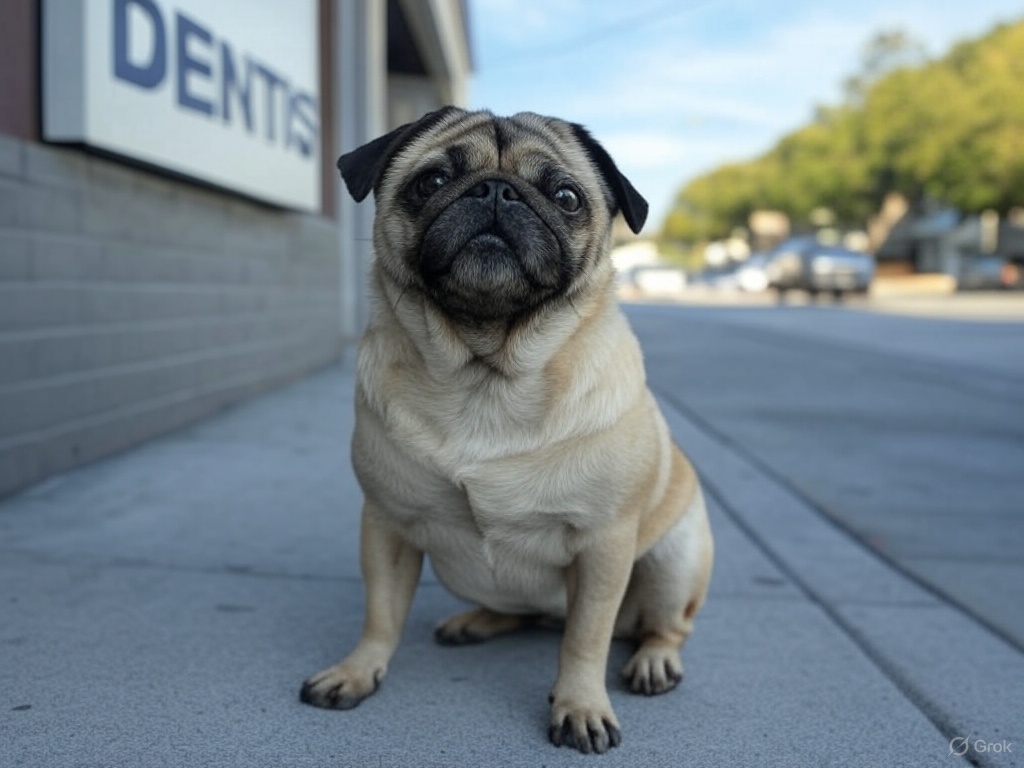How to Brush Dog Teeth at Home: A Pug Owner’s Guide

Maintaining your pug’s dental hygiene is vital for their overall health. While pugs are known for their adorable wrinkled faces and loving personalities, their compact jaws make them prone to dental issues. Learning how to brush your pug’s teeth at home can prevent bad breath, gum disease, and costly vet visits.
Why Brushing Your Pug’s Teeth Matters
Pugs are particularly susceptible to dental problems due to their small mouths and closely packed teeth. If their teeth are neglected, plaque buildup, tartar accumulation, and even painful infections can develop. Regular brushing not only prevents these issues but also keeps their breath fresh and their smiles healthy.
Choosing the Right Tools
To brush your pug’s teeth effectively, you’ll need:
- Dog-specific toothpaste: Never use human toothpaste as it may contain toxic ingredients like xylitol.
- A soft-bristled toothbrush: Finger toothbrushes or specially designed dog toothbrushes are ideal for a pug’s small mouth.
- Dental wipes: These can be a handy alternative for quick cleaning between brushing sessions.
Step-By-Step Guide to Brushing Your Pug’s Teeth
1. Start with Familiarization
Before you attempt to brush your pug’s teeth, let it become comfortable with the tools. Let it sniff and taste the toothpaste, and gently touch its gums with your fingers to build trust.
2. Choose the Right Moment
Pick a time when your pug is calm and relaxed, such as after a walk or play session. Avoid attempting to brush their teeth when they’re too energetic or anxious.
3. Position Your Pug Comfortably
Sit your pug in your lap or on a stable surface. Hold their muzzle gently but firmly to keep their head steady.
4. Introduce the Toothbrush
Place a small amount of dog toothpaste on the brush. Begin by brushing the outer surfaces of the teeth using gentle circular motions. Please focus on the back molars, as they are prone to plaque buildup.
5. Take It Slow
If your pug resists, start with a few teeth and gradually increase the brushing time over several days. Consistency is key to building a positive routine.
6. Reward and Praise
End each session with treats, affection, or playtime to create a positive association with the brushing process.
How Often Should You Brush?
Ideally, brush your pug’s teeth three to five times a week. For optimal dental health, combine brushing with dental chews, water additives, and regular vet check-ups.
Signs of Dental Problems to Watch For
If you notice these signs, it’s time to schedule a vet visit:
- Persistent bad breath
- Red or swollen gums
- Yellow or brown tartar buildup
- Difficulty eating or chewing
- Excessive drooling
Conclusion
Brushing your pug’s teeth at home may seem challenging at first, but with patience and consistency, it becomes a rewarding habit. By investing in your pug’s dental care now, you can save them from discomfort and avoid expensive treatments down the line.






